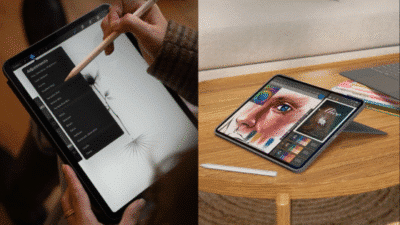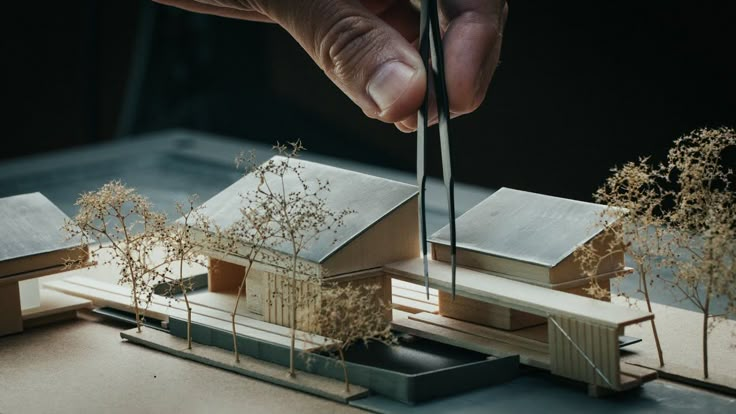
For over a century, the studio model has stood as the cornerstone of architectural education. Its open-floor plans, pinned drawings, and critiques from professors shaped how future architects thought, created, and collaborated. But as the design profession evolves amid rapid technological, social, and environmental changes, architecture schools are reimagining how students should learn, innovate, and engage with the world. Today, the studio is no longer just a place—it’s a platform for experimentation, equity, and interdisciplinarity.
This transformation marks a significant shift in the landscape of architectural education. The long-standing traditions of isolated studio culture are being replaced by more collaborative, inclusive, and forward-thinking models. Today, the best landscape architecture schools are embracing cutting-edge technologies, interdisciplinary learning, and a deeper sense of social and environmental responsibility. These institutions are no longer just teaching students how to design aesthetically pleasing structures or outdoor spaces—they are cultivating a mindset that values community impact, sustainability, and global relevance.
At the heart of this evolution is a growing emphasis on student well-being, mental health, and meaningful engagement with real-world issues such as climate change, urban equity, and cultural preservation. Modern architectural education encourages students to work in teams, engage with diverse communities, and use digital tools not just for design, but for storytelling and advocacy. As a result, architecture schools are redefining their mission: they are preparing students not only to design physical spaces, but also to rethink how design can shape and serve society at large.
Origins and Limitations of the Traditional Studio Model
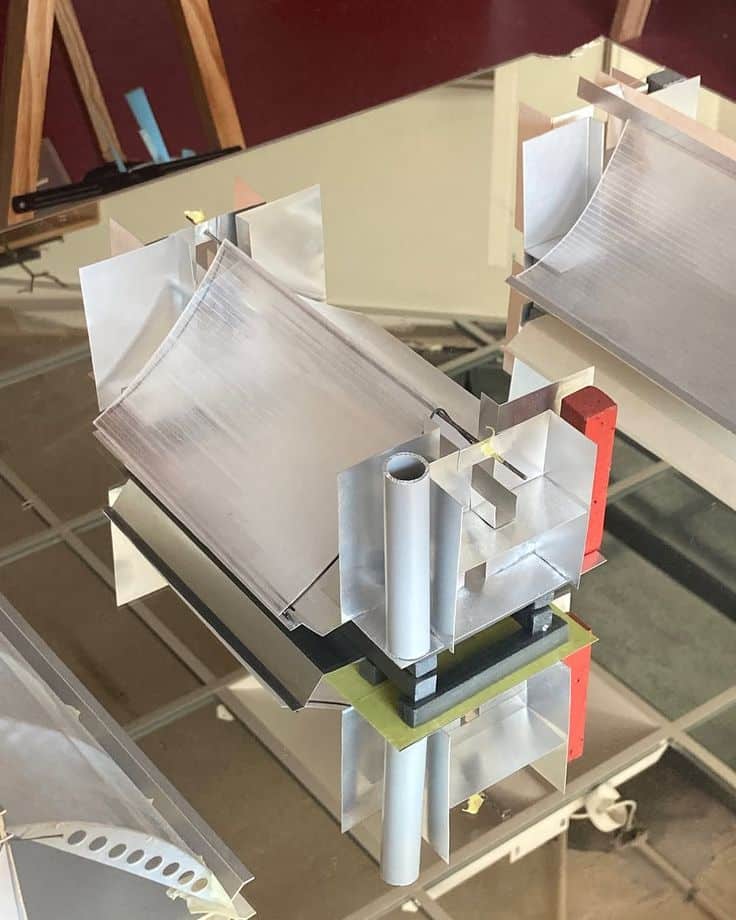
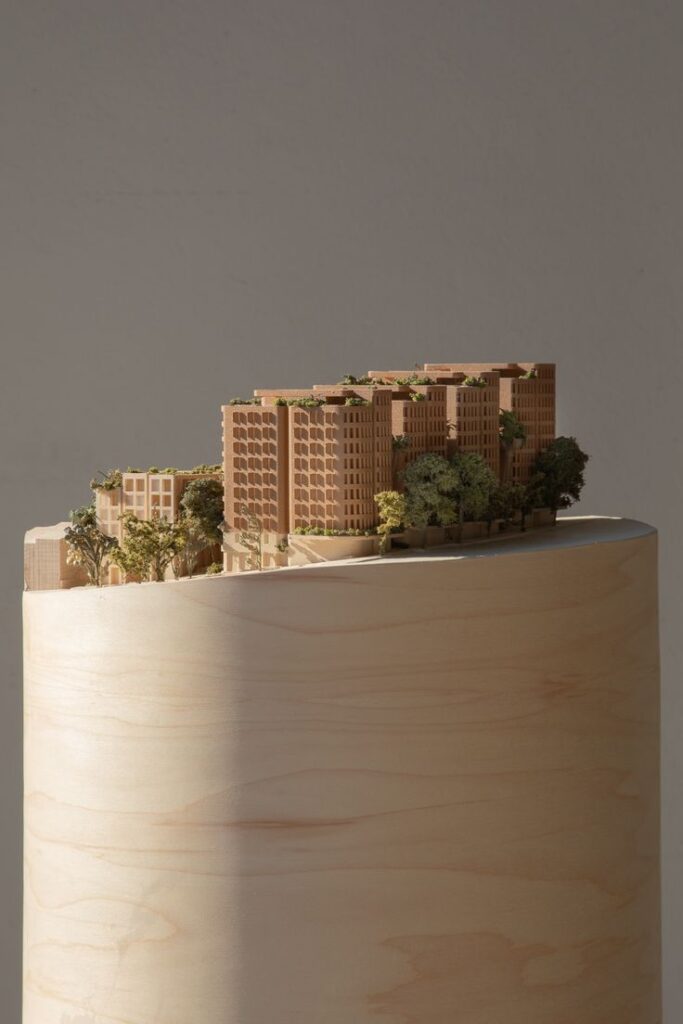
A Master-Apprentice Structure
The traditional studio model traces its roots to the École des Beaux-Arts in 19th-century France. Students learned by doing, imitating masters, and receiving critique in a structured environment. This model prioritized individual expression and competition under the mentorship of a professor—often regarded as the ultimate authority.
Critique Culture and Hierarchy
Central to the old model was the “crit”—a formal review where students presented their work to a panel of faculty and guest jurors. Though valuable, these critiques often emphasized aesthetics over context, and many students experienced them as intimidating or exclusionary.
Disconnected from Practice
Another major critique of the traditional studio was its detachment from professional realities. Students might design skyscrapers or museums without ever considering budgets, materials, or real-world constraints. The gap between academia and practice grew, leaving graduates unprepared for multidisciplinary teamwork and ethical complexities.
Embracing Technology and Digital Tools

Software Integration in the Design Process
One of the most visible transformations in studio learning is the use of digital tools. Students now work with Building Information Modeling (BIM), Rhinoceros, Grasshopper, AutoCAD, and AI-assisted software, enabling them to simulate structural performance, environmental impacts, and user experience at every design phase.
Virtual and Hybrid Studios
The COVID-19 pandemic accelerated the development of remote and hybrid studios. Platforms like Zoom, Miro, and digital pin-up walls replaced physical workspaces. Many schools now support hybrid studio formats, allowing students to collaborate across cities—or continents.
VR, AR, and Digital Fabrication Labs
Virtual reality (VR) and augmented reality (AR) enable immersive spatial experiences that physical models can’t replicate. Meanwhile, digital fabrication labs provide laser cutters, CNC routers, and 3D printers, giving students hands-on access to prototyping with speed and precision.
Interdisciplinary and Collaborative Approaches


Cross-Departmental Integration
Modern studios increasingly blend architecture with disciplines such as environmental science, civil engineering, sociology, and even psychology. For example, students might work with climate scientists to design flood-resilient housing or with anthropologists to understand community rituals and spatial behavior.
Team-Based and Peer-Led Studios
Many schools now emphasize team-based design projects. These studios simulate professional settings where architects work with clients, consultants, and other designers. Students practice leadership, negotiation, and collaborative problem-solving.
External Partnerships
Architecture studios are increasingly engaging with NGOs, municipalities, and private firms. These collaborations introduce real clients and real problems into the academic environment, creating mutual learning opportunities for both students and communities.
Social Equity and Community Engagement
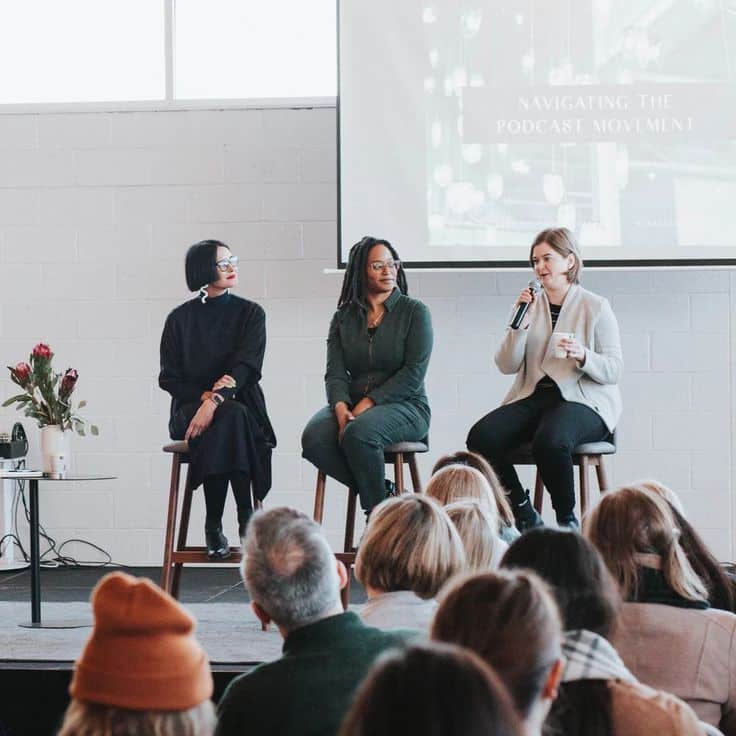
Designing for Marginalized Voices
In response to social justice movements and the climate crisis, many studios now focus on equitable design. Students engage with issues like affordable housing, accessibility, and urban resilience—often co-designing solutions with the people most affected.
Community-Embedded Studios
Some programs place studios directly in neighborhoods, transforming vacant lots into outdoor classrooms or pop-up installations. By working on-site, students learn to listen, observe, and adapt their designs based on human experience and feedback.
Public Interest Design
Schools such as the University of Washington and Mississippi State offer studios centered around “public interest design,” where projects serve public needs over commercial gains. This approach fosters a mindset of architecture as a tool for justice.
Shifting the Role of Faculty and Critique Culture

From Critic to Coach
The authoritarian professor figure is being replaced by mentors who guide rather than dictate. Faculty now co-create learning objectives with students, offer flexible feedback methods, and prioritize iterative growth over final products.
Diversifying the Jury Room
Critique panels increasingly include non-architects: community leaders, artists, psychologists, and building users. These perspectives broaden the conversation around design’s purpose and encourage inclusive thinking.
Constructive and Reflective Feedback
Many schools are moving toward “critique-as-dialogue.” Instead of judging, critiques now resemble roundtables where students present narratives and receive feedback in an open, respectful setting that values process and experimentation.
Wellness, Time Management, and Studio Culture Reform

Breaking the “All-Nighter” Myth
One of the most damaging legacies of studio culture is the glorification of overwork. Students pulled all-nighters, sacrificed mental health, and treated exhaustion as a badge of honor. Today, schools are actively dismantling that mindset.
Structured Schedules and Well-Being Policies
Several programs now regulate studio hours, set weekly milestones, and encourage structured time management. Mental health services, mindfulness workshops, and stress management resources are integrated into studio life.
Fostering Inclusive Studio Environments
Inclusivity now extends to how students interact in the studio. Policies ensure respectful critiques, equitable participation, and support for students from all backgrounds. Faculty receive training in cultural competence and trauma-informed teaching.
Real-World and Experiential Learning

Design-Build Studios
Programs like Auburn’s Rural Studio or Yale’s Vlock Building Project give students the chance to design and physically construct buildings. These hands-on experiences teach budgeting, material selection, teamwork, and construction techniques.
Global and Urban Studios
Some schools offer global immersion studios that explore how different cultures and geographies influence design. Others focus on urban contexts, using cities as living laboratories for housing, transportation, and climate adaptation projects.
Integrating Internships and Professional Practice
More schools now embed internships or cooperative placements within the curriculum. Students earn credit while gaining firsthand experience in firms, nonprofits, or governmental planning offices, bridging the academic-professional gap.
Entrepreneurship and Innovation
In some cases, studio work is tied to business incubation. Students learn to pitch ideas, develop startups, or explore new technologies like biomaterials and carbon-negative construction. The studio becomes a launchpad for innovation.
Case Studies of Innovative Architecture Programs
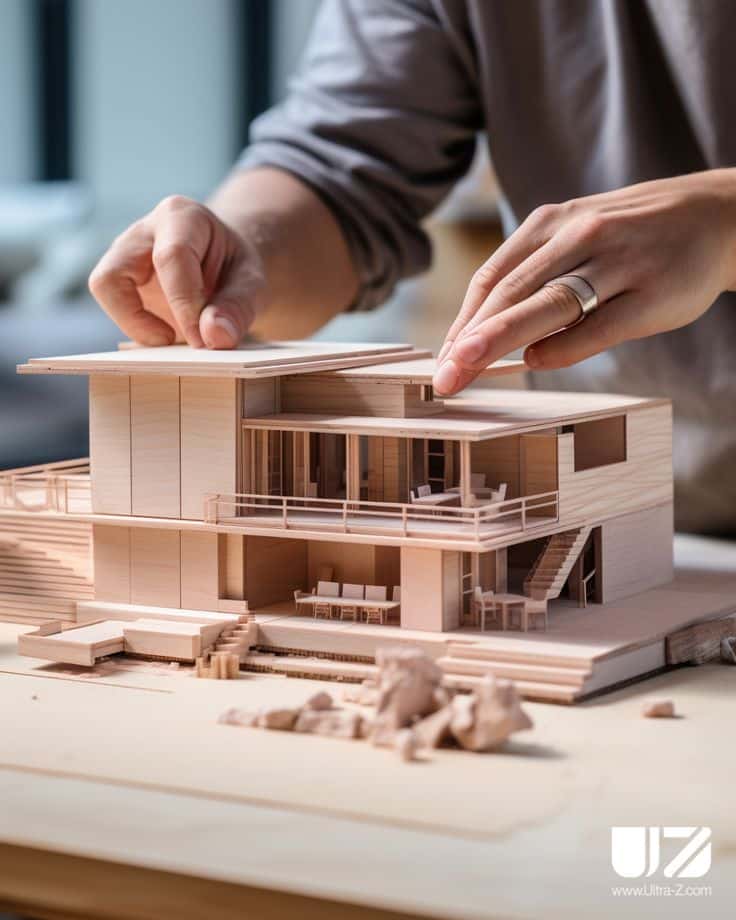
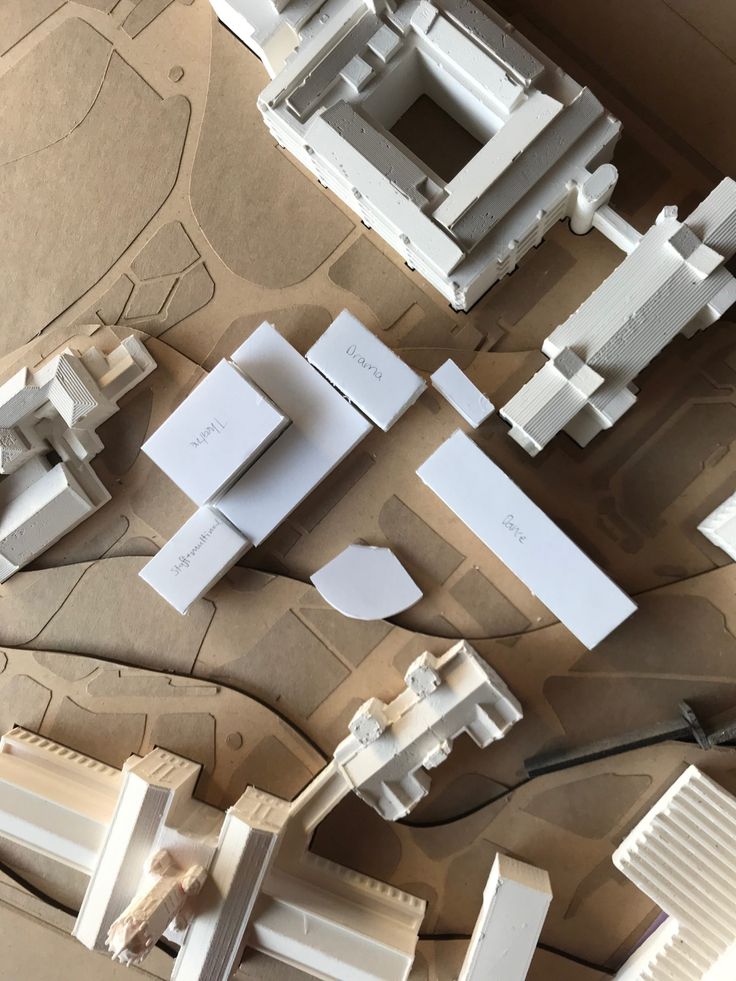
Harvard GSD: Radical Experimentation
Harvard’s Graduate School of Design fosters interdisciplinary studios that experiment with climate-responsive design, robotics, and speculative urbanism. Its focus is not just on making buildings but on imagining futures.
Rural Studio, Auburn University
Perhaps the most iconic design-build program, Rural Studio allows students to live and work in underserved Alabama communities. They design and construct homes and community buildings, learning humility and civic responsibility.
TU Delft: Digital and Sustainability-Driven Studios
Delft University of Technology in the Netherlands emphasizes computational design, digital fabrication, and sustainable architecture. Students work with industry leaders to develop high-performance buildings that are both functional and visionary.
National University of Singapore: Tropical Urbanism
In a dense and humid climate, NUS studios explore how green architecture can mitigate heat and manage rainfall. Students develop urban strategies that combine tradition, innovation, and resilience.
Challenges and Future Directions
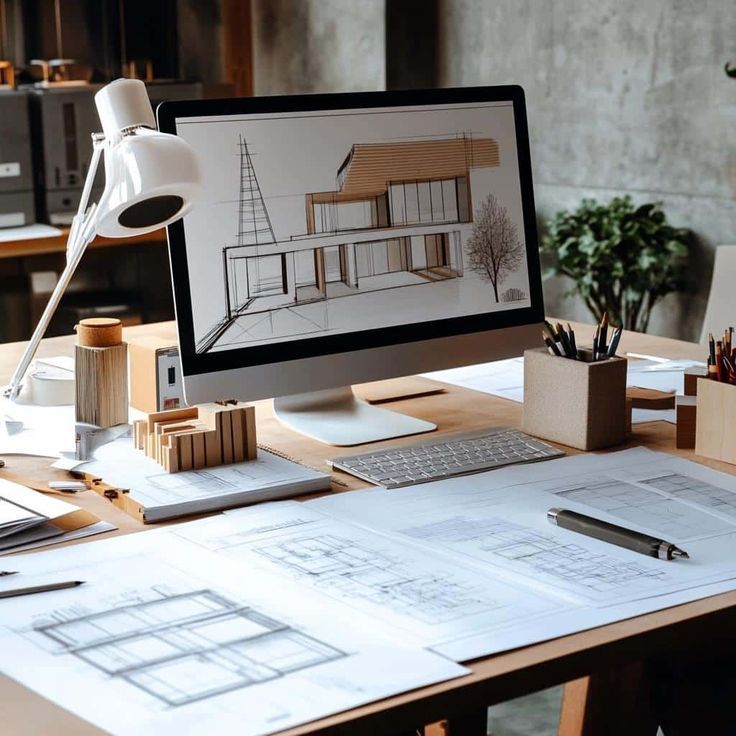
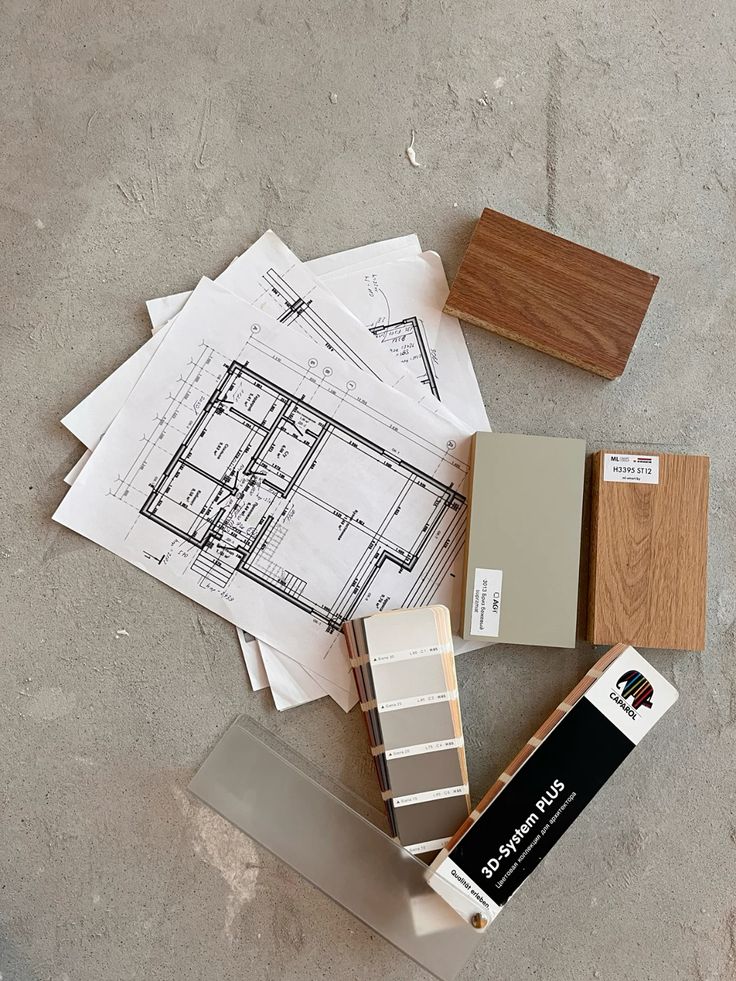
Institutional Resistance to Change
Despite progress, many architecture schools still cling to outdated practices. Tenured faculty may resist new methods, while accreditation bodies can restrict curricular innovation.
Access and Digital Equity
The digital shift has widened gaps in access to tools. Not all students can afford high-performance laptops or software licenses. Schools must ensure equitable access to resources.
Balancing Innovation with Standards
As studios become more experimental, schools must still meet professional licensure requirements. Finding the right balance between creative freedom and technical rigor remains a challenge.
Future Visions for Studio Learning
Looking ahead, architecture studios may evolve into global, decentralized platforms where students from different countries collaborate virtually. AI could assist with design iterations, while blockchain might store portfolios and credentials. The studio is poised to become more fluid, inclusive, and networked than ever.
Conclusion
Architecture schools are not simply reforming the studio—they are reimagining education itself. The new studio is collaborative rather than competitive, ethical rather than egotistical, and experimental rather than rigid. It engages communities, integrates technology, and respects student wellness. Most importantly, it prepares future architects not only to build, but to lead in a world of complex challenges.
By reinventing the studio model, architecture schools are building more than spaces—they are building better systems, better cultures, and ultimately, better architects.
- 25shares
- Facebook0
- Pinterest25
- Twitter0

